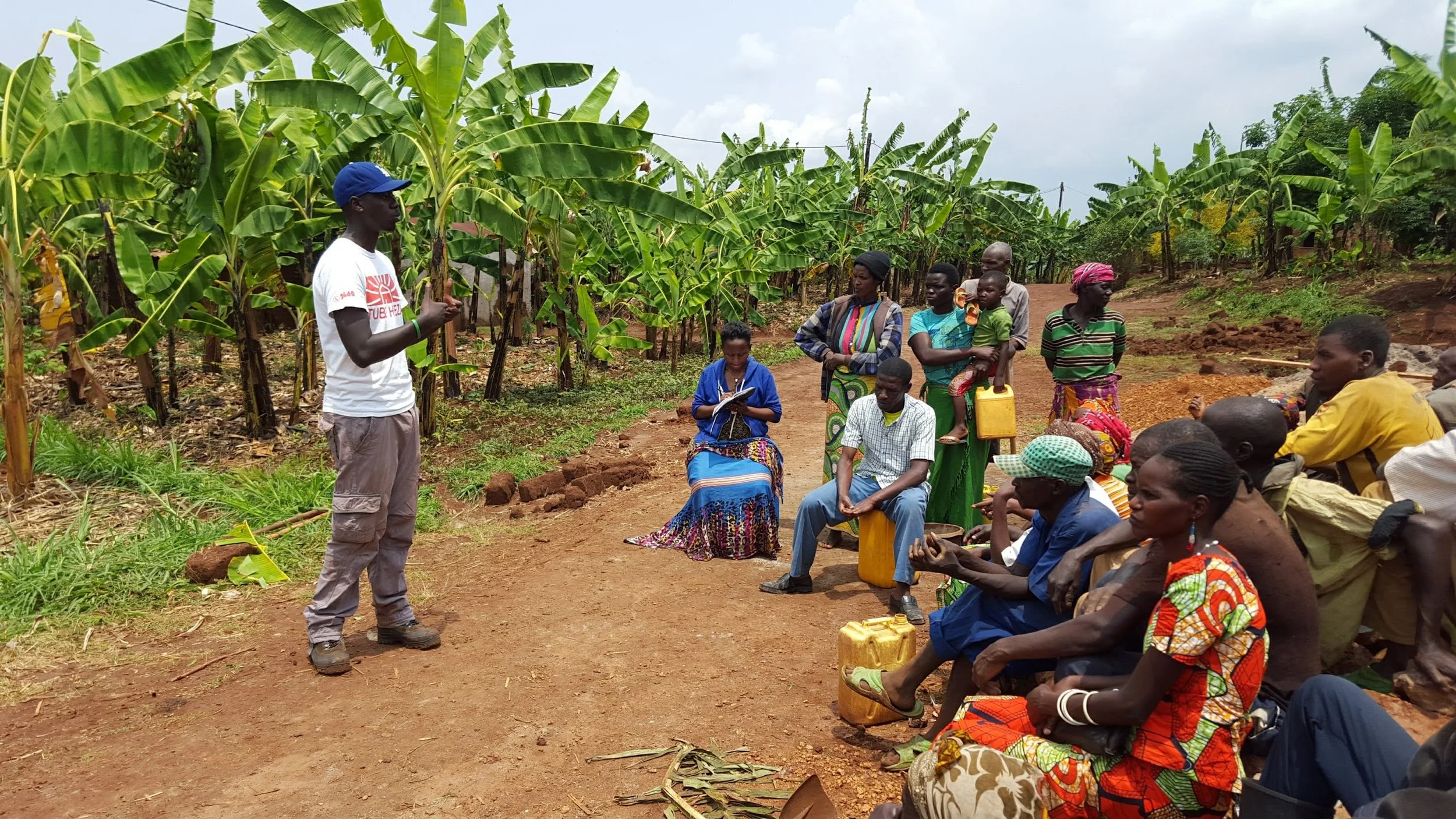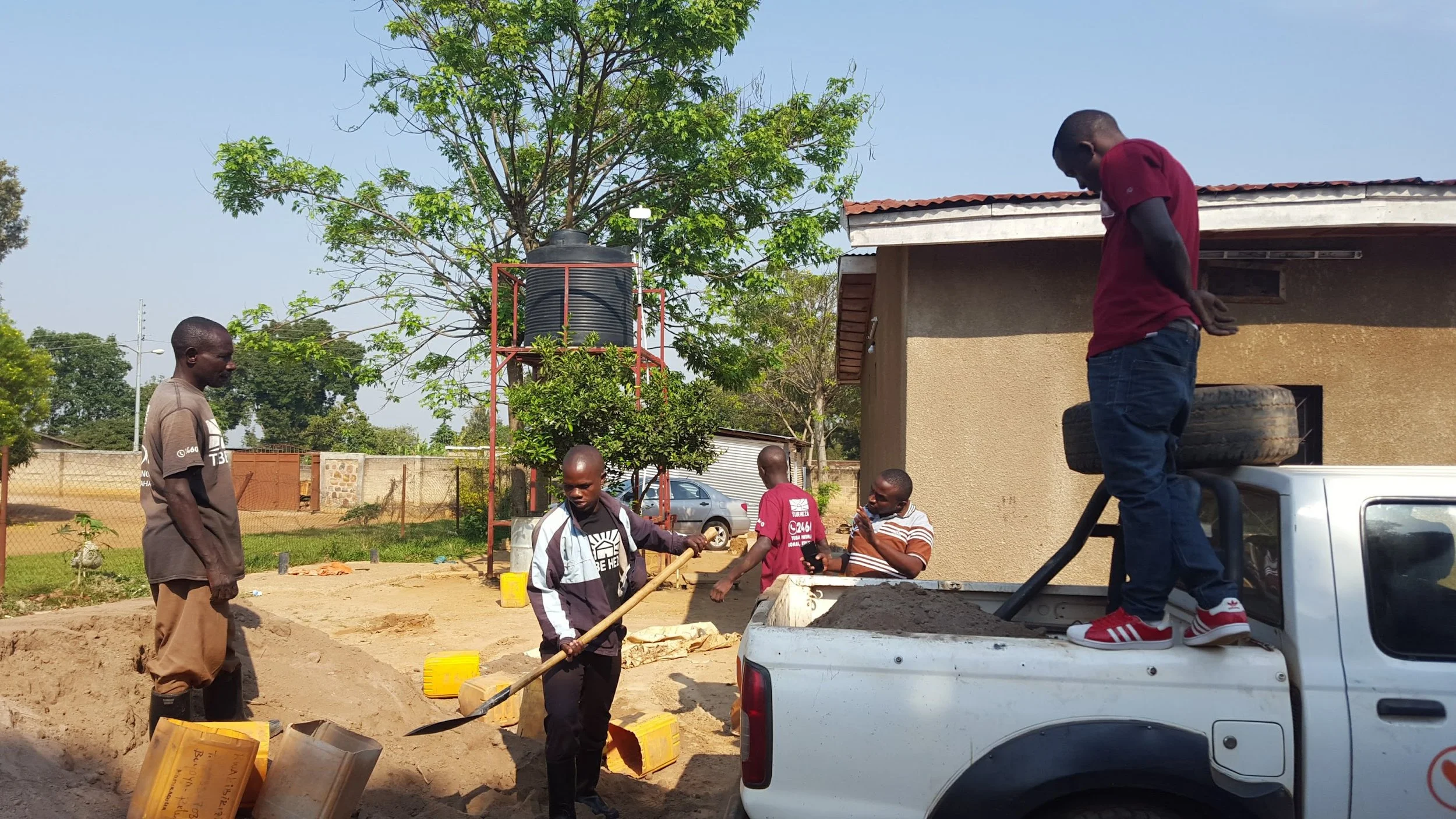Sustainable Floors in Rwanda
Background
I spent Q4 of 2018 in Rwanda, visiting a friend, making new ones, and working short-term at an earthen flooring company called EarthEnable. The company built earthen floors for people in Rwanda and Uganda at a third of the cost of a concrete floor, and with 80% fewer greenhouse gas emissions in its carbon footprint. It’s an incredible company.
When I got there, they weren’t sure what to do with a young roboticist, but they did have a problem: amidst their aggressive expansion into four new geographic areas and one new country over the course of a year, a few of their customers had fallen through the cracks, so to speak.
While the majority of the floors were stellar and well received, a small percentage of them were a real thorn in the company’s side. There was a small handful of disgruntled customers who were extremely vocal about their disappointment in their floors. These individuals painted the picture of EarthEnable as another extractive western company that did not provide any value. It was tanking the company’s reputation.
Empathy Interviews
Through a series of conversations, I unearthed a critical breakdown in how the company was not serving this disgruntled vocal minority. The company had a bottlenecking incentive structure that caused many of the most critical issues to go undisclosed and undiscussed. Here’s what this journey looked like.
Customer Conversations
Of course, the start of the journey is the customer. On one of the most valuable trips, I accompanied a few of our local team members to speak with the most dissatisfied customers in a community. We faced the fire and fury, and the looks of abject disappointment were crushing, BUT we learned that these customers had tried to reach out to the company or company representatives, only to be repeatedly ghosted, with their floors left cracked and crumbling. We also got a list of all the people they talked to, ranging from Sales Representatives, Masons, Foremen, and the Customer Service Call Center. So the conversations continued, and the stakeholder list grew.
Internal Interviews
My position as a volunteer offered me a considerable amount of freedom, and the level structure of the company allowed me to easily set up conversations throughout the company. I rode on motos and trucks to different districts, meeting foremen at their jobsites, talking to our masons who were supporting our office testing, and understanding the roles of all the teams at the company. I spoke with District Managers, Operations Associates, the Customer Support Call Center, and the construction team, and what I discovered was that each of these roles had a critical touchpoint with the customer. In the event of poor floor quality, everyone heard about it. However, if there was a payment dispute, or catastrophic floor failure, only the District Manager was able to make the decision to devote resources to fix a floor. Unfortunately, there was no clear and shame-free road to communicate and escalate these issues, so District Managers wouldn’t hear about these issues for months. While the vast majority of support calls were resolved within 4-5 days, this special class of tickets would languish until they spoiled an entire village, and the company would fix these floors for free anyway.
It was clear that each of the individuals weren’t incentivized to share and escalate the frustrations they encountered, and there weren’t adequate structures to place these issues on the desks of the people who could make the final decision.
a photo of our first visit to the disgruntled customers :(
Tradesmen (masons) repairing a long hairline crack in a customer’s home.
attending my first umuganda, Rwanda’s community service day, and learning the process of installing a floor firsthand - we unskilled laborers mostly shoveled gravel!
The Proposed Solution: Clarity and Automation
It was undeniable that when the system was working, it was very effective. Foremen dispatched materials, hired masons, and delivered high quality floors. The foundational processes worked. Members of the company did what was in their power to fix what they could - we just needed to empower these individuals in the event of these edge cases, in a way that didn’t add extra overhead. It was simply missing the escalation step, and a whole manner of emotions, of shame, avoidance, anger, and disappointment, swirled in that vortex of ambiguity. I mapped out the process flow of critical customer touchpoints and existing company processes, which can be seen at a high level here.
The solution I proposed was to add visibility to the activities that already occurred and create automatic processes for the escalations to be monitored. What’s not in the accompanying flow diagram are the automatic actions that would kick the ticket from one state to the next - each of these actions was tied to an aspect of the employees role that was guaranteed to happen. Foremen filled out countless forms that fed into Salesforce - These forms could automatically move high pressure tickets to District Managers automatically, and then, at a regular cadence District Managers could see the high risk issues, and make the visit and talk to the customers themselves.
In my time there, I also discovered through my interviews that EarthEnable was undergoing a large overhaul of their CRM infrastructure. This was an excellent opportunity to build the new process directly into the CRM and further integrate the repair-handling into the system. I only had about three weeks to hand off the project to one of my local teammates, but by the time I left, the team was working to integrate these changes into the new Salesforce infrastructure.





